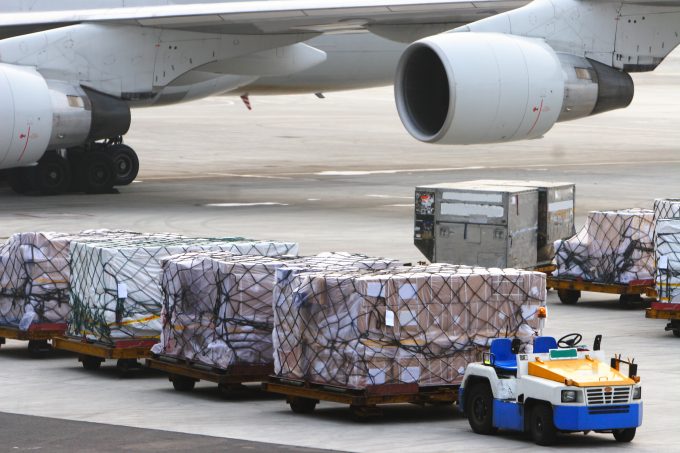Customs brokers fear US import rule changes are pushing them towards AI
Backlogs are building for customs brokers after changes to US import rules, with suggestions that ...

Fed up with congestion at major container gateways and poor liner service levels, air freight is beginning to capture shipper customers that previously only used it as a last resort.
Damon Willis, senior director of logistics and trade compliance at US-based medical equipment manufacturer Drive DeVilbiss ...

Comment on this article